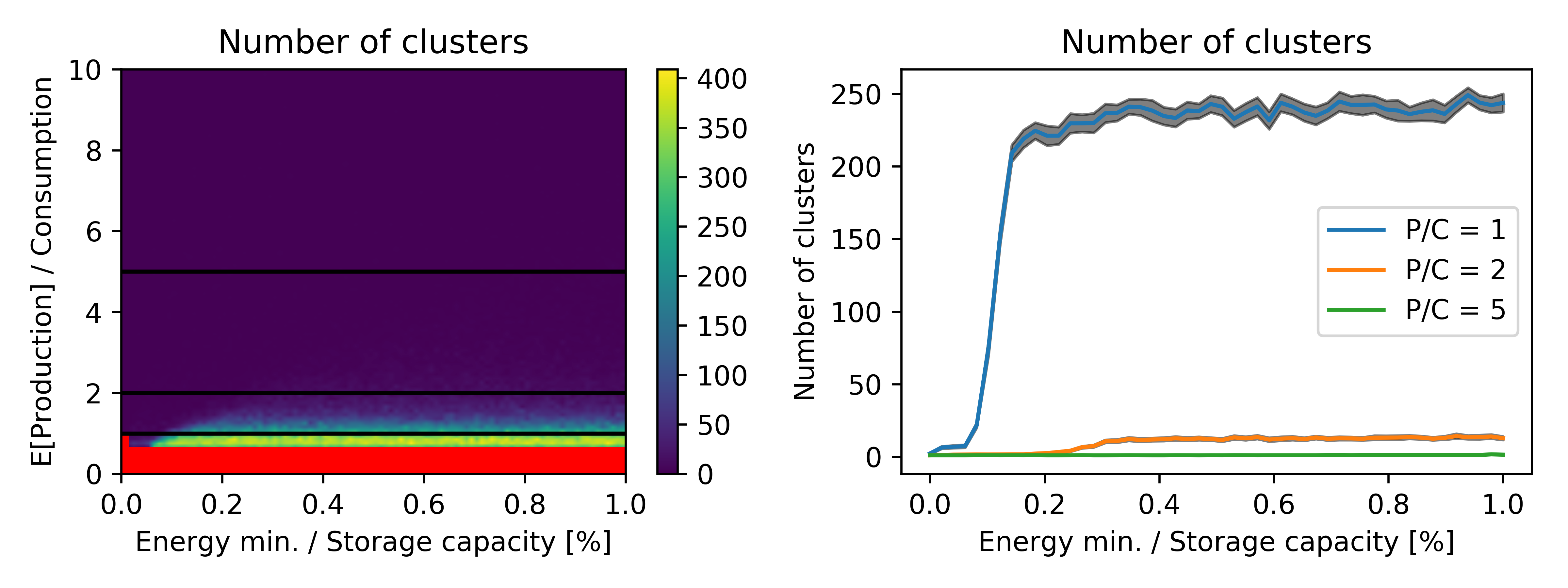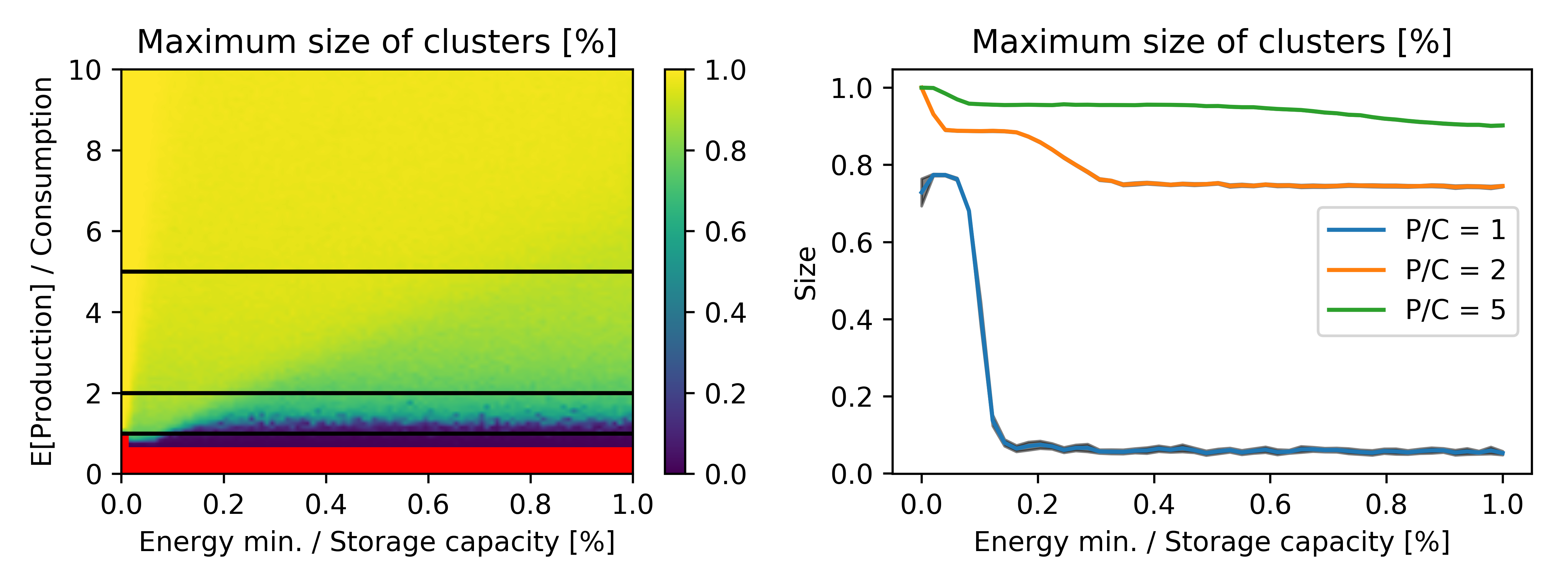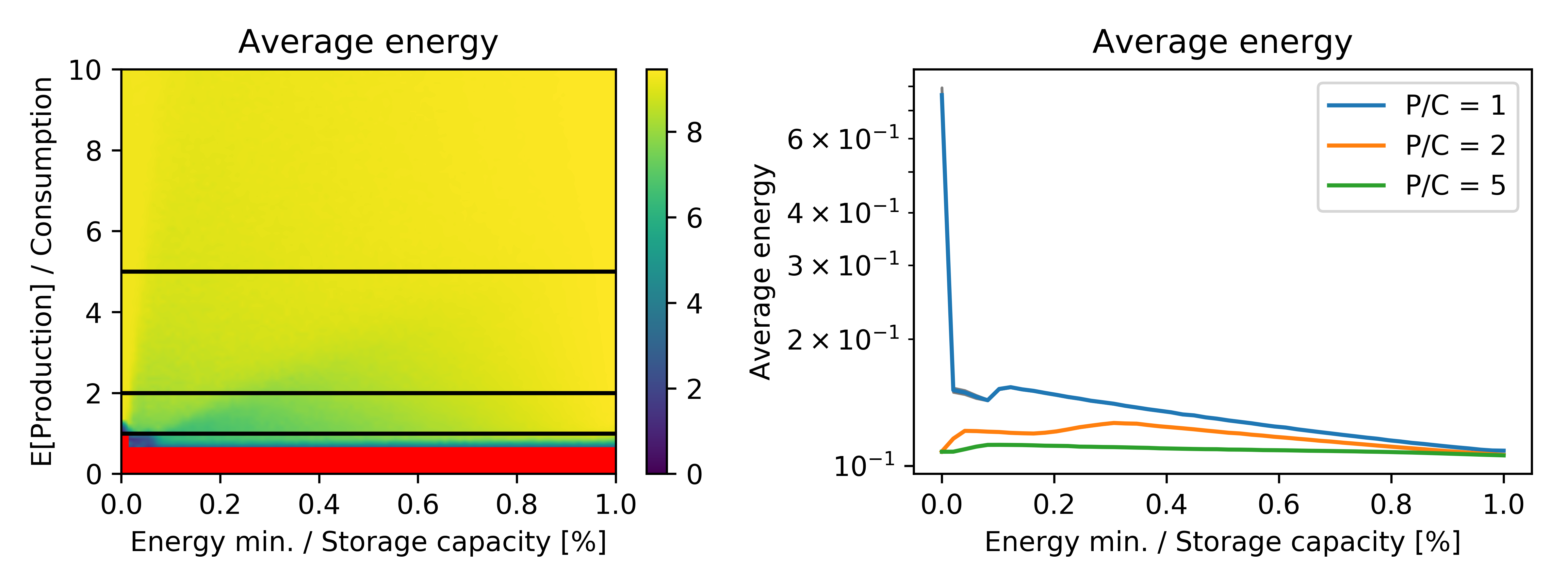Cellular Automata
On this page, we will describe our approach of the model on a cellular automaton. For a small introduction to cellular automata, please read: http://mathworld.wolfram.com/CellularAutomaton.html
Approach
Our cellular automaton consists of cells that are arranged in a 2-dimensional grid. Cells are either alive or dead and are characterized by the following attributes:
- Initial energy level (same for each cell).
- Production function (different for each cell).
- Energy level (different for each cell).
- Solar panel capacity (different for each cell).
- The number of living neighbors (different for each cell). Based on the location of a cell, it can have 2-4 neighbors.
In every time step, each living cell:
- Produces energy based on the unique production function and time, namely A * sin (2 * pi * t), where x = fraction(t).
- If the energy exceeds a predetermined level, it evenly allocates this surplus among its direct neighbors. If it has 4 neighbors, each gets 25% of the surplus, if it has 3 neighbors, each gets 33.33% of the surplus, etc. Energy level can’t exceed the storage capacity.
- The cells consume energy. If a cell runs out of energy, it dies.
- If a cell dies, its direct neighbors evenly share its solar panels and use it later for production. We found that there is no big difference between the two approaches because cells die at night when they can’t use the additional panels.
Simulation settings
To study this system, we implemented the CA in Python and in C++ and experimented with different parameter settings, for example:
- Grid size: 50 x 50.
- Initial energy level: 0.05
- Maximum storage capacity: 10.0
- Days: 30
- Steps per day: 50
- Each cell has a unique production function Asin(2pi*t) where A follows the uniform distribution between 0 and 20.
Results
The results which are presented below, reveal some interesting properties of the system. (Dead cells are marked with red.) If the average production exceeds the consumption, the level of altruism increases the number of living cells. But, if the expected production is close to the consumption, at a very high altruism level, we find fewer cells alive than at a lower level of altruism. By further increasing selfishness, we cause a huge drop in the number of survivals.
Selfishness generally increases the number of clusters but decreases their size. A higher production rate decreases the number as well, as it increases the cluster size at the same time.


If production is more than consumption, the average energy per cell is maximized at a when the cells are a little selfish.

Several experiments have been carried out to further analyze the system. For example, when energy transfer is not possible between the cells (low altruism):
And when it is possible: